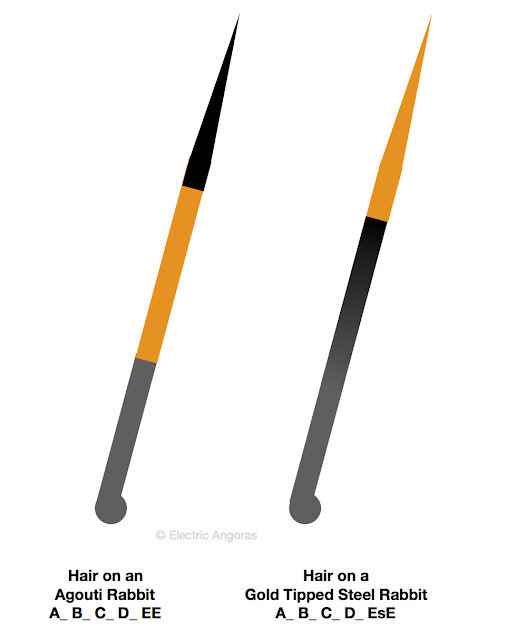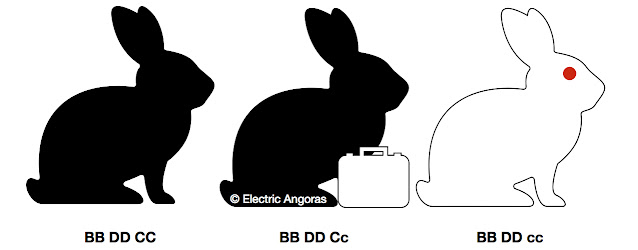English Angora Breed Standard
ENGLISH ANGORA BREED STANDARD Weights: Sr Bucks 5-7lbs Sr Does 5-7.5lbs Jr Bucks 2.75-5.5lbs Jr Does 2.75-6lbs Summary of points in order of importance: 25 - wool density 20 - wool texture 15 - body 12 - length of wool 5 - general condition 5 - head 5 - ears 5 - feet and legs 5 - color 2 - eyes 1 - tail GENERAL TYPE (Total of 33 points out of 100) BODY - 15 POINTS The body is to be short-coupled and compact, with a full chest and full round shoulders, to balance with the hips. Hips should be of good width, with only a very slight taper to the shoulders. Shoulders are to be of good depth. Top line should rise from behind the ears to a high point over the hips, then round down to the base of the tail. Flesh is to be firm. The animal should resemble a round ball of fluff when properly posed. Faults: Long, rangy, or narrow body. HEAD - 5 POINTS The head is to be short, broad, and balanced with the body. It is to be close set to the body, with dense bangs and side trimmings. The head i...



